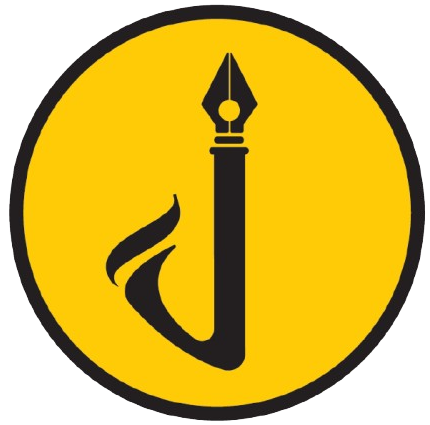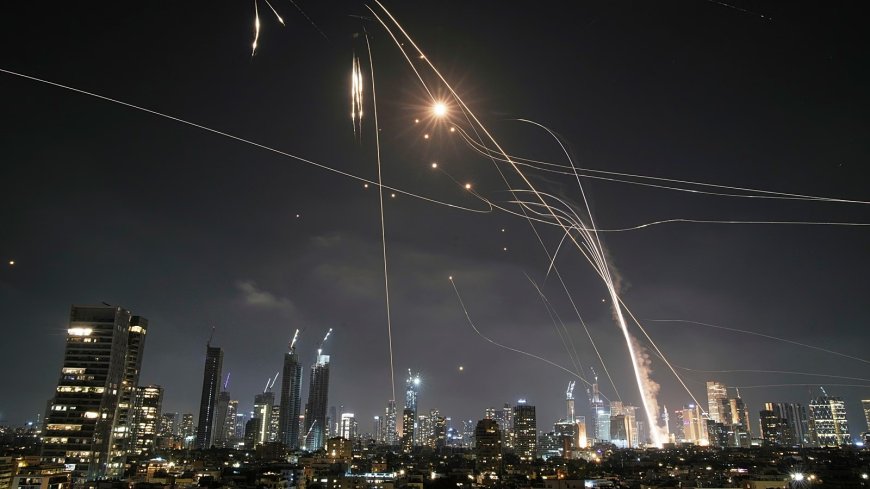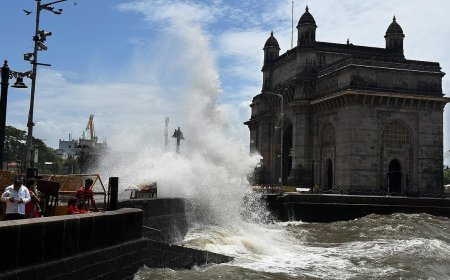New Delhi, June 17, 2025 : The escalating conflict between Israel and Iran is fast emerging as more than just a regional confrontation—it is poised to have deep and wide-ranging impacts on India’s economy, trade routes, digital infrastructure, and strategic posture.
From rising oil prices and delayed Basmati rice exports to threats to undersea internet cables and the future of Chabahar Port, the implications for India are substantial and urgent.
India imports over 80% of its crude oil, much of it through the Strait of Hormuz, adjacent to Iran. A military blockade or attack in this maritime corridor could send global oil prices soaring, impacting India’s fiscal health. The 2019 Gulf crisis, which led to a 20% spike in shipping insurance premiums and a 4–5% surge in oil prices, is a stark reminder of India’s vulnerability.
In recent days, oil prices have jumped nearly 9%, triggered by Israeli strikes on Iranian nuclear facilities. This has already impacted Indian markets, with BPCL, HPCL, and Indian Oil stocks falling 3.5% and the BSE Sensex tumbling over 1,300 points on June 13.
The crisis also jeopardizes India’s Basmati rice exports, particularly to Iran—a top buyer, importing over 8.5 lakh metric tonnes worth ₹6,374 crore in FY 2024–25. Ongoing tensions and long-standing payment delays—sometimes extending to six months—are forcing Indian exporters to divert consignments to other markets, often at lower profits.
India’s critical connectivity project—the Chabahar Port in Iran—is increasingly caught in the crossfire. The port, vital for India’s trade with Central Asia and Afghanistan, faces mounting security concerns due to drone strikes, cyber threats, and instability in nearby waters.
India has invested over $85 million in Chabahar via India Ports Global Ltd. (IPGL). Though exempt from U.S. sanctions due to its role in Afghan development, any major escalation could jeopardize that status, affecting shipping insurance and commercial operations.
One of the most overlooked risks is the vulnerability of undersea internet cables. Nearly 95% of global data traffic, including India’s, flows through submarine cables. Many of these, including EIG, SEA-ME-WE 5, and FLAG, pass through conflict-prone zones like the Red Sea and the Gulf of Oman.
India’s digital economy, worth over $245 billion, is heavily reliant on these cables, especially those that land in Mumbai, Chennai, and Kochi. Disruptions, like those seen in 2024 when Red Sea cables were cut during regional clashes, could cause massive internet slowdowns and economic losses.
India’s financial markets remain highly sensitive to geopolitical shocks. As seen recently, the Sensex has fallen over 2,000 points in just one week, with investors fearing rising oil import costs and global uncertainty. The RBI may be forced to revise inflation targets and intervene in the currency markets if the conflict drags on.
India is walking a delicate diplomatic line. While it has deep defence ties with Israel, it also has strategic investments and trade routes via Iran, especially through the International North-South Transport Corridor (INSTC). Maintaining neutrality, protecting energy interests, and ensuring connectivity without antagonizing either side requires nuanced and proactive diplomacy.
A Wake-Up Call for Indian Policymakers
This conflict underscores the need for India to:
-
Diversify oil sources and undersea cable routes
-
Invest in digital and maritime infrastructure resilience
-
Enhance regional surveillance and early-warning systems
-
Push for global agreements on digital and maritime security
As India aspires to become a leading global power, its ability to manage external shocks, such as the Iran–Israel war, will be crucial in determining its economic trajectory and strategic standing in an increasingly unstable world.




 Previous
Article
Previous
Article












